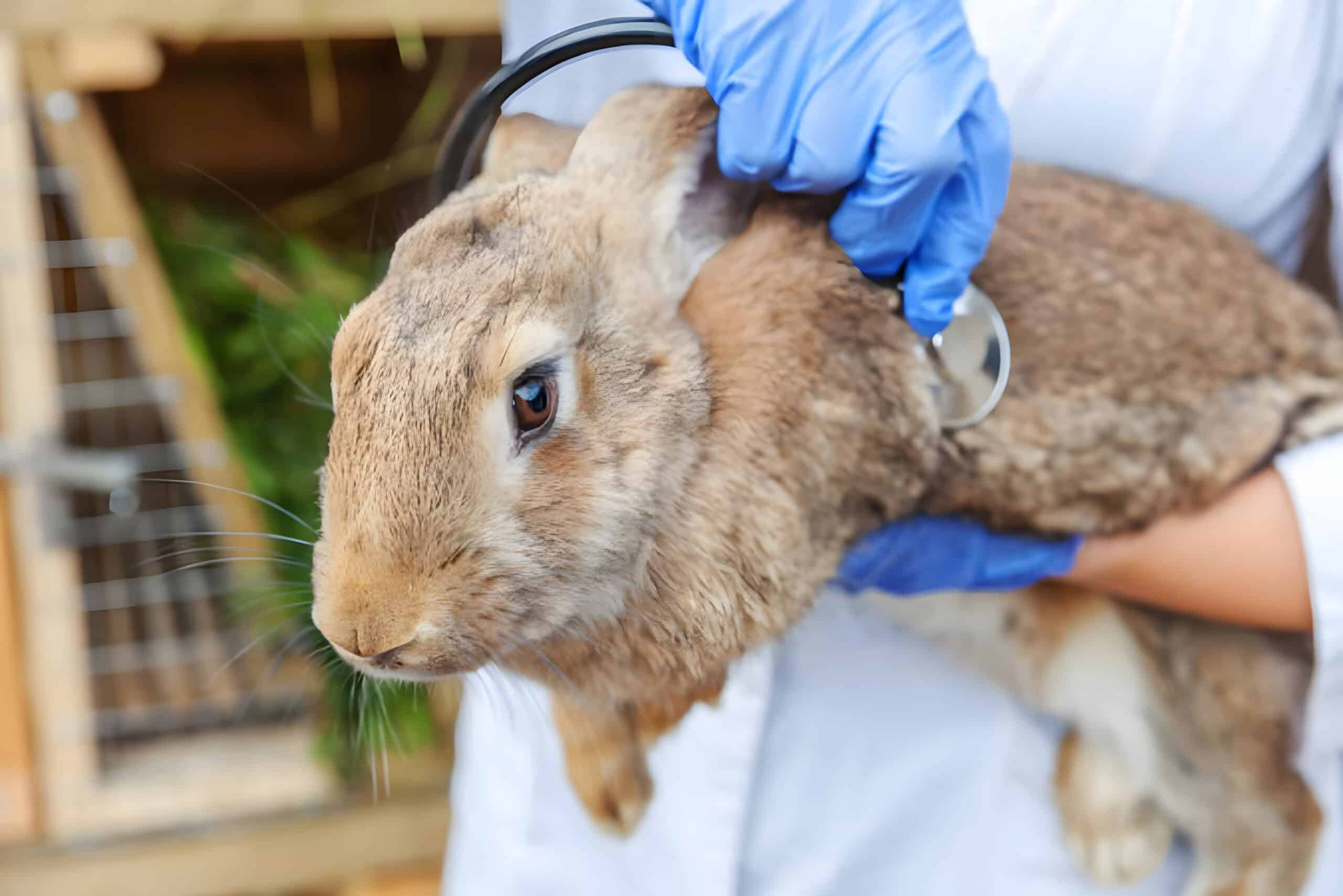Today, it’s going to be all about rabbit fever.
We’re going to know what it is. After that, we will discuss the symptoms and causes. Then, we’re going to discuss its treatment. Finally, we’re going to talk about how to prevent it.
Its name might sound innocent, but don’t let its name fool you. This disease is potentially fatal, and that’s why we’re aiming the spotlight at it today. One of the best ways to guard against diseases is to know all about them, after all.
What is Rabbit Fever?
First, let’s define what rabbit fever is.
Rabbit fever is formally known as tularemia. It is an infectious disease, although a rare one at that. The most common hosts are often rabbits, hares, and rodents.
Aside from these three, humans and pets can also be hosts, but both are uncommon.
It is a contagious disease that, as we have said, could be fatal. You don’t have to worry, though. There is a way to treat it if caught. With that understood, let’s move on to discuss the symptoms next.
What are the Symptoms of Rabbit Fever?
There are several types of tularemia. For example, we have Pneumonic and Typhoidal tularemia. The symptoms would depend on the type of tularemia.
Some of the common symptoms are: developing a fever, an ulcer at the infection site, and pain in the affected area. Symptoms could appear anywhere from a few days or a few weeks.
As you can see, the symptoms don’t clearly point to tularemia. Other illnesses also show themselves in this way, sometimes the symptoms can resemble those of other illnesses.
Its time of appearance does not also help. The suspected host might have to undergo tests to confirm if the signs point to this disease. A look at one’s habits and activities might also be needed to either suspect or rule out tularemia.
The symptoms are not significantly different in our furry friends. Fevers and ulcers are also common signs. As you might expect, this makes making a diagnosis on them harder. For one, we cannot question rabbits on their recent activities.
What are the Causes of Rabbit Fever?
There are several ways to contract this disease.
Ticks seem to be the main culprit for transmission. Lice and flies could also be carriers, though. Still, insect bites are not the only way to get this disease.
Inhaling the bacteria is another way to get the disease. Eating meat and drinking water that has the bacteria is another way.
As you might expect, handling an animal that has been sick could also be another cause. If it’s alive, it could bite you. On the other hand, the bacteria from a dead one could get a cut.
How do you Treat Rabbit Fever?
The treatment for rabbit fever often only involves antibiotics. Streptomycin and tetracycline are the most recommended ones. Take note that the antibiotics could change depending on the type of tularemia, though.
It is important to note that you should consult a doctor before taking any antibiotics, and call your local vet if it’s for your rabbit or other house pets.
Recovery from Rabbit Fever
In the wild, the recovery rate is not that high. As we’ve said above, this disease could be fatal. Treatment is important.
This disease also kills them fast. It could kill wild rabbits as fast as eight days, making any effort to treat them hard. The wild is vast, and diagnosis is not easy. It is unlikely we can treat each animal in time, even if we try.
On the other hand, you don’t have to worry much about your rabbits and other house pets. As long as you keep an eye out on them and take action as soon as you suspect any illness, they will most probably recover.
Unlike bunnies in the wild, your furry friend could be treated, and fast. The same is true for you. If you monitor your health vigilantly and don’t ignore the symptoms, you can seek treatment promptly and recover quickly.
As you can see, recovery largely depends on whether or not one receives treatment.
Depending on the type and stage, recovery could be as fast as a week and a half, and no more than three weeks.
Costs Associated with Rabbit Fever
Dealing with rabbit fever could be costly. For one, diagnosis of this disease is not that easy. The doctor or the vet might need to take several tests.
As we discussed above, you or your furry friend will likely be prescribed antibiotics. Antibiotics are undoubtedly cheaper than surgeries and operations.
However, you or your rabbit might need to take the antibiotics for a period extending up to around three weeks. It might not be as expensive as surgery, but it could still be costly.
How do you Prevent Rabbit Fever?
Finally, let’s talk about prevention.
Unfortunately, there is no vaccine for rabbit fever. Still, it doesn’t mean there is no way to avoid getting it.
The most obvious way is to try and avoid the infected animal, you might have to avoid some activities or, at least, take some extra measures. As we said above, a sick host could spread this disease in more ways than one.
For example, if you like to hunt and eat your catch, you are more prone to rabbit fever. If it is a hobby that you do not wish to stop, you might have to take some extra measures.
First, you should avoid any ill-looking catch. To add, you also need to make sure you cook your catch right. Undercooked meat is a big no-no!
If you remember, we said that bites from carriers (e.g., ticks) are one of the most common causes. With that, you might also want to protect yourself from insect bites if you plan on visiting areas infested by possible carriers.
Wearing long sleeves and using insect repellent are some ways to do this.
It is also possible to get this disease by breathing in the bacteria. With that, face masks and such might also be a good idea.
You might be surprised, but you might inhale the bacteria and catch this disease by simply mowing your lawn! Of course, that is in the case that a sick host has found its way to your garden.
Of course, you also should protect your pets as well. As much as possible, don’t let them go out unsupervised. Don’t let them near dead animals, and always check them for ticks and such!
Finally, informing the relevant officials is also part of the larger prevention plan.
Summarizing Rabbit Fever
Today, we talked all about rabbit fever. First, we defined and found out it is a rare infectious disease.
After that, we talked about its symptoms and found out fever and ulcers are the most common signs. We also learned it is hard to diagnose as its symptoms are similar to many other diseases.
Then, we discussed its causes and got to know there are many ways to get it. We also found out that we shouldn’t worry much about getting or passing it on to humans, though. Rabbit-to-human transmission is rare.
Next, we talked about treatment, recovery, and costs. Using antibiotics can treat this disease, the downside is that it could be costly. On the upside, though, recovery is likely.
We hope we were able to help you with this concern. Do you have more questions like this one? Feel free to look at our past talks then!





